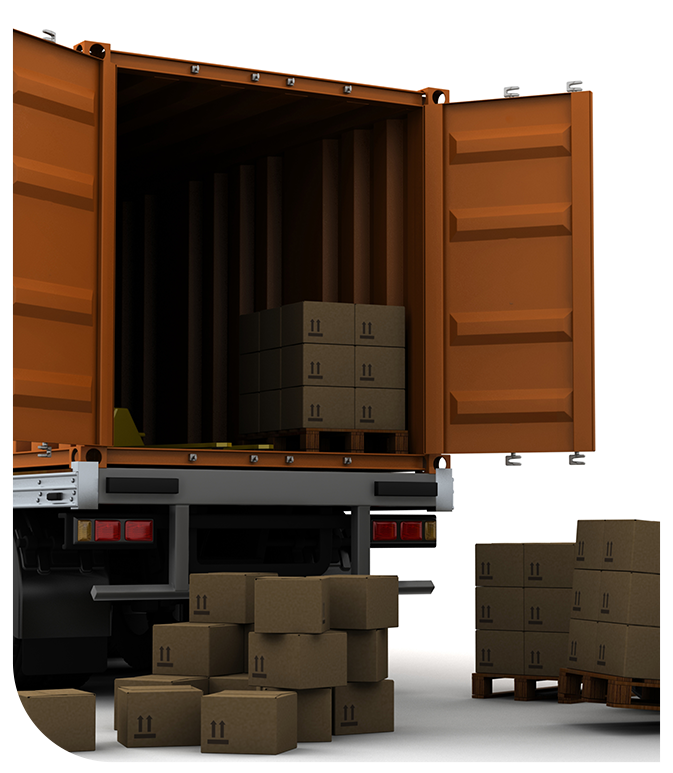
DG Cargo
Our knowledgeable customer service agents and DG Cargo specialists are available to assist you with all aspects of the shipping procedure, beginning with certification and cargo acceptance and continuing through loss prevention and the most recent DG Cargo Regulations.
What is DG Cargo?
Although it is not something that frequently enters our heads, a significant number of the items that are part of our daily lives provide hazards to airplanes. Examples of things that qualify as dangerous goods include dry ice, lithium batteries, and aerosol whipped cream. These items could appear safe at first glance, yet, when flown by aircraft, they pose a significant risk to passengers and crew. If these materials are not handled correctly, they may leak, produce hazardous fumes, start a fire, or even explode if they are subjected to vibrations, static electricity, or fluctuations in temperature or pressure.
Any chemical or item that, when conveyed in commercial settings, has the potential to pose an unjustifiable risk to people’s health, safety, and property is considered to be a dangerous good shipping, which is sometimes referred to as hazardous material or hazmat. The first step in mitigating a product’s hazards through appropriate packaging, communication, handling, and stowage is recognizing that the product in question poses a threat.

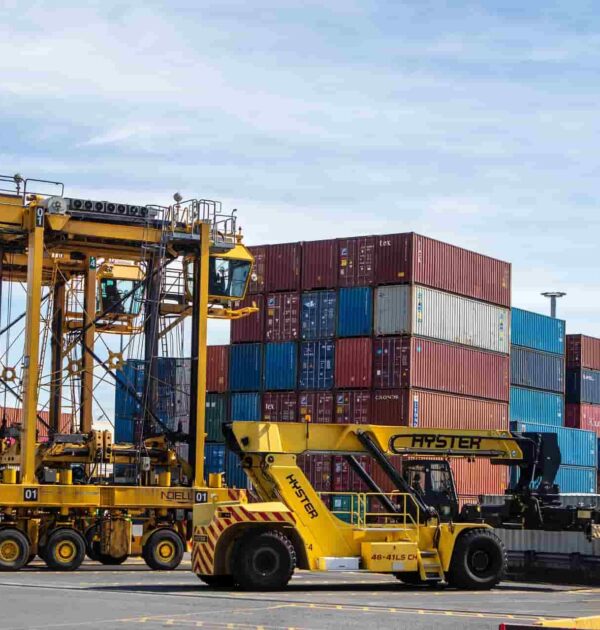
Handled DG Cargo
Dangerous Cargo Shipping must be handled with the utmost care and consideration of their dangerous nature. Any mistake in the declaration, miscommunication, or inaccurate paperwork might have severe ramifications and prove devastating to human life on shore or a ship.
Types of DG Cargo and their Classes:
Class 1 – Explosives
Class 2: Compressed, liquefied, or dissolved under pressure gases
Class 3 – Flammable liquids
Class 4 – Flammable solids; Combustible substances; Substances that produce combustible gases upon contact with water
Class 5 – Substances (agents) that oxidize and organic peroxides
Class 6 – Toxic and pathogenic materials
Class 7 – Radioactive substances
Class 8 – Corrosive Materials
Class 9 – Diverse chemicals et items dangerous Non-classified information
Maintaining DG Cargo
Dangerous Cargo Shipping must be handled with the utmost care and consideration of their dangerous nature. Any mistake in the declaration, miscommunication, or inaccurate paperwork might have severe ramifications and prove devastating to human life on shore or a ship.
Types of DG Cargo and their Classes:
Class 1 – Explosives
Class 2: Compressed, liquefied, or dissolved under pressure gases
Class 3 – Flammable liquids
Class 4 – Flammable solids; Combustible substances; Substances that produce combustible gases upon contact with water
Class 5 – Substances (agents) that oxidize and organic peroxides
Class 6 – Toxic and pathogenic materials
Class 7 – Radioactive substances
Class 8 – Corrosive Materials
Class 9 – Diverse chemicals et items dangerous Non-classified information
What We Offer
Super Middle East is a firm that places a high priority on health and safety. To guarantee the best possible level of protection, we check the accuracy of all booking information and, where we feel it appropriate, we also inspect the containers. We want our clients to have complete faith in us and know that no matter where they are, we will do all in our power to protect their lives, the environment, their dangerous cargo logistics, and their assets.
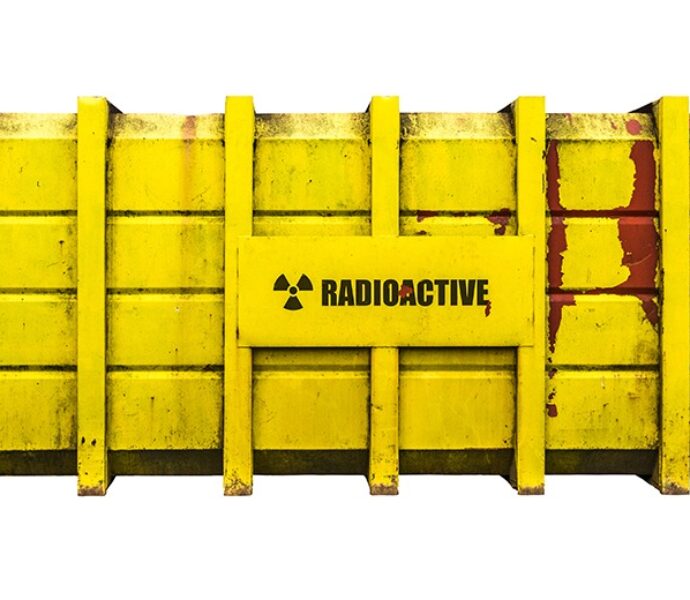
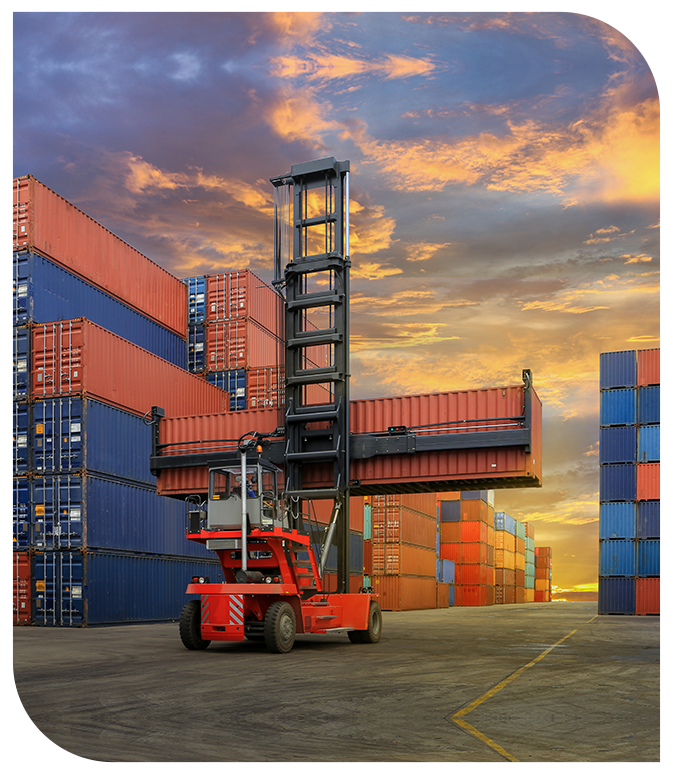
Project Cargo
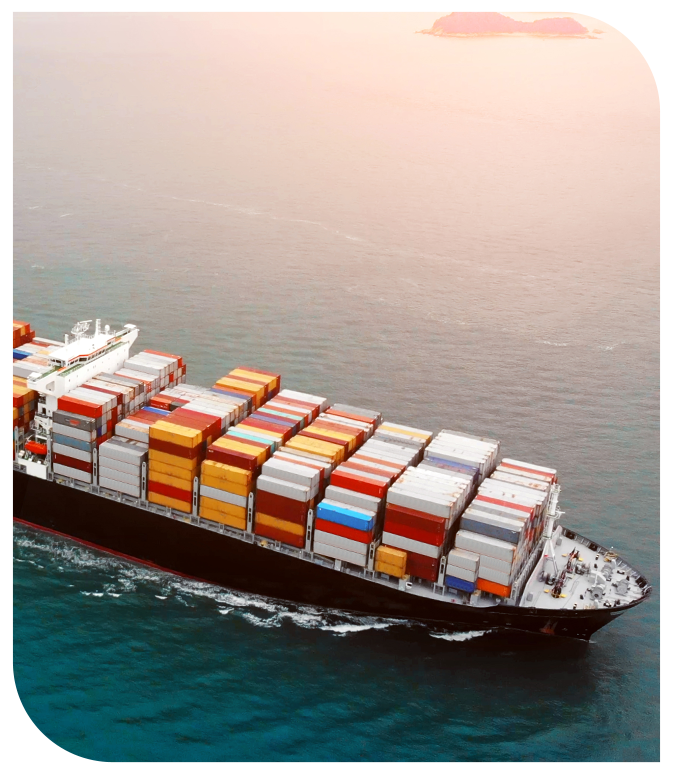
NVOCC
Special trucks/trailers...
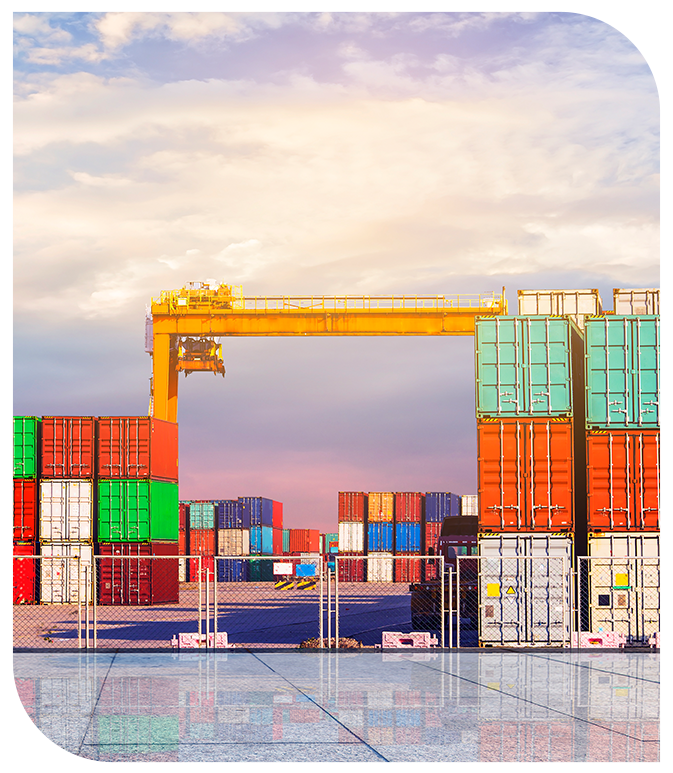
Warehousing
Special trucks/trailers...
